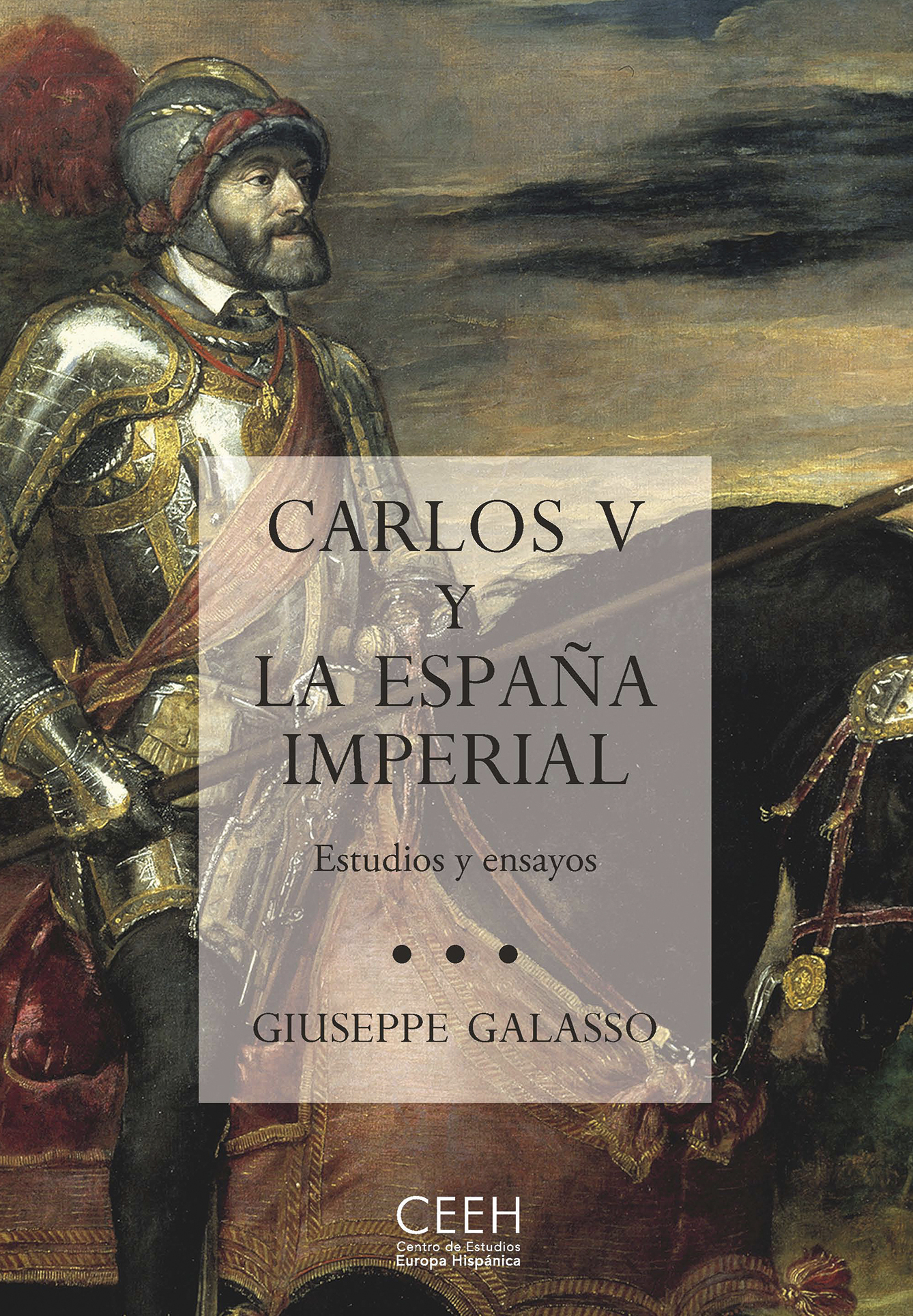Author
Giuseppe Galasso
Characteristics
400 pages; 68 color illustrations; flapped paperback; 18,5 x 24,5 cm
Publication
Spanish; with the collaboration of the Segretariato Europeo per le Publicazioni Scientifiche and the Fundación Academia Europea de Yuste; 2011
ISBN
978-84-936776-9-5
Price
€38,46
Giuseppe Galasso masterfully analyses the figure of Charles V (1500–1558), shedding new light on various aspects of the emperor’s personality and his reign, during which he asserted his dynastic legitimacy, restructured the Spanish state, established political and administrative centralisation, imposed his rule on the continent, governed a huge empire through a “conservative and dynamic” policy and made major changes to the ruling class.
Charles V had to deal with the Italian states’ aspirations of independence, the Reformation and Turkish expansionism, but also faced the difficulty of governing such a vast and heterogeneous empire. However, he consolidated Spain’s dominant role, shifting away from the medieval and Germanic conception of the Holy Roman Empire and embracing a new, laic idea of the empire as a modern political power under the new Hapsburg dynasty.
Drawing on historiography and returning to the emperor’s relationship with the Italian territories, Galasso proposes a new, more nuanced approach to Europe of the Modern Age.
Giuseppe Galasso (1929-2018) was professor emeritus of the University of Naples Federico II, a member of the Accademia dei Lincei, and a corresponding member of the Real Academia de la Historia in Madrid. He was a member of the Italian parliament and, as undersecretary of the Ministry of Culture, promoted the Galasso Law on landscape protection. He was editor-in-chief of important journals and the monumental Storia d’Italia published by UTET, and his most recent publications include Storia del Regno di Napoli (5 vols., 2007–8), Prima lezione di storia moderna (2008), and Storici italiani del Novecento (2008).

